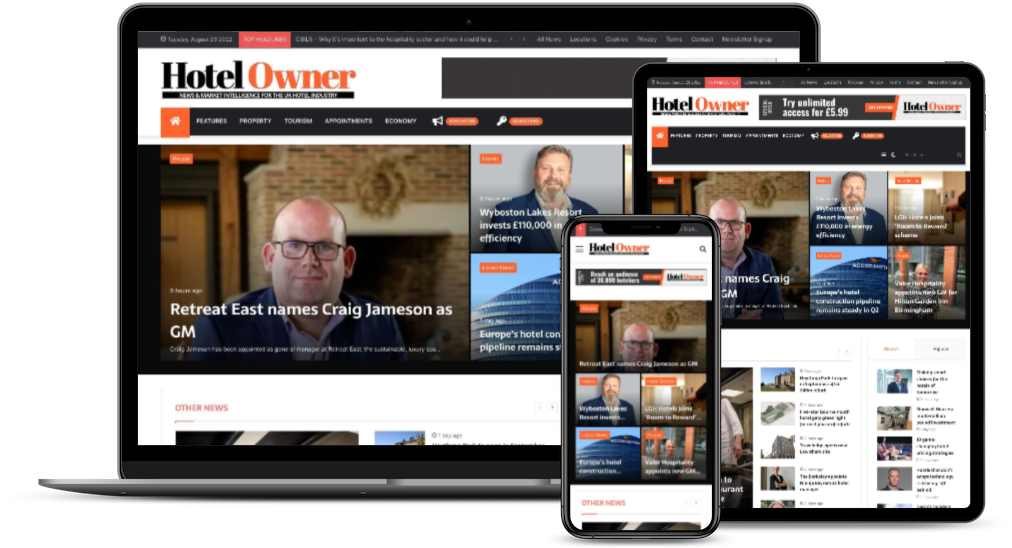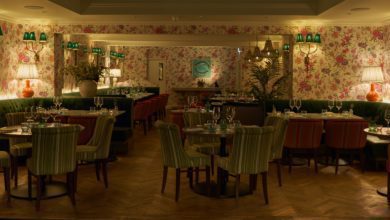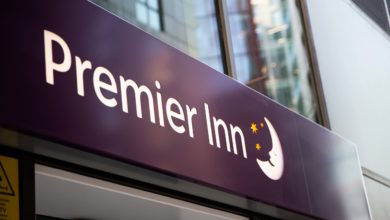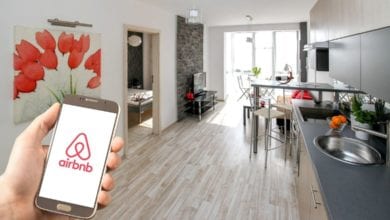Inflationary forces

A headline figure of 1% inflation doesn’t sound too bad does it? That is the amount by which consumer prices rose in the last 12 months, give or take a pinch, but as you will know that innocent looking digit hides a multitude of contradictions, with some items falling in price and others shooting up.
For hoteliers the 1% figure is laughable. This month a Pride of Britain member told me his business rates are increasing by almost 60%, adding around £10,000 a month to his bills. This is apparently because rates are set according to the potential for earnings rather than simply the value of the property so are in effect a tax on turnover or, to put it another way, a punishment for success.
It doesn’t end there. Many hotels are routinely paying between 15% and 25% in commission to online travel agents; imported goods such as French wine are becoming more expensive due to the fall in the pound and of course wages are rising for entry level positions due to legislation, with HMRC taking a dim view of anyone who tries to circumvent the rules by stretching hours worked or charging staff for in-work benefits. All in all, the cost of running a hotel is rising considerably faster than the general cost of living.
What can be done, aside from supporting the BHA in its efforts to achieve fairness through political lobbying? My own view is that one way or another these extra costs must be reflected in our room rates because the only alternative is to make savage economies that are bound to have a detrimental effect on the guest experience.
That’s impossible, I hear you cry. We’re competing with thousands of other hotels, each employing revenue management techniques that hold rates down most of the time. Yes, that is true. But take a look at what is happening at the luxury end of the market and see how unimportant a difference of £50 or £100 can be to the customer. If The Goring can charge £8,500 for a night in its Royal Suite, as it frequently does, surely there is scope to lift the price of a deluxe room in a good hotel, above that of local competitors, without necessarily staring into the abyss of zero occupancy.
Over my 16 years with Pride of Britain, and 12 years before that at Johansens, I have observed a phenomenon that is perhaps best explained using a motor trade analogy. The way family hatchbacks are marketed is undeniably effective. Volume manufacturers present their cars attractively, pointing out their technical and stylistic attributes and stressing in particular the value for money to be had by purchasing or leasing one. The prestige brands, however, tend to advertise their top of the range models which are far more expensive than the bulk of what they actually sell. The advert might show a four-litre V8, for example, when most buyers go for the two-litre diesel. The point is, customers can feel smug by getting for £30,000 something that looks almost identical to something costing £50,000. The last thing they feel is cheated just because the driver in front paid only £15,000 for their “ordinary” vehicle.
So here’s my radical thought for today. See what happens when you factor in all the extra costs your business has been burdened with, calculate the true break-even price of a room, add the profit you need to make and let that be your Best Available Rate. And lastly, instead of quoting rooms “from £180” how about quoting them “from £180 to £360” to reinforce the notion that, far from being a rip-off compared with the £120 alternative down the road, your place is clearly a much better hotel and still affordable so long as one steers clear of the top suites.
Let me know how it goes.
This feature first appeared in the December 2016 issue of Hotel Owner









